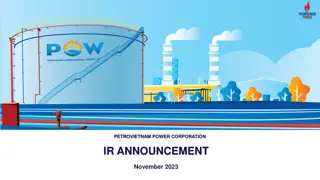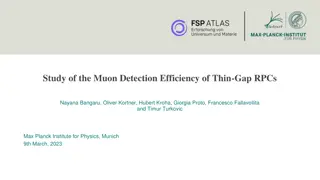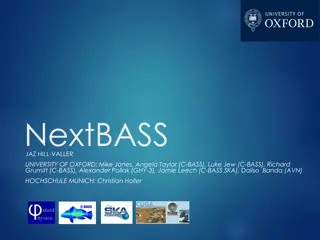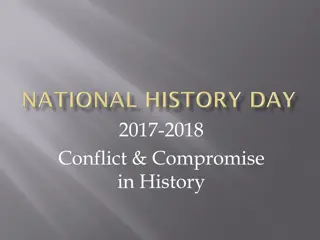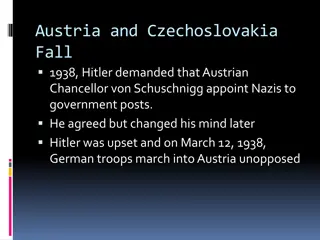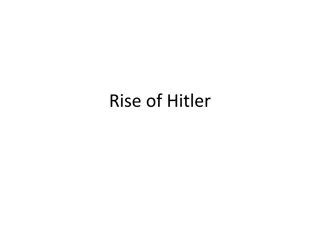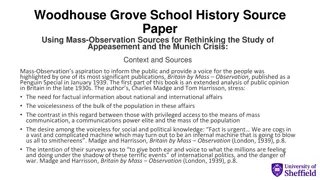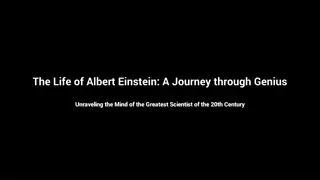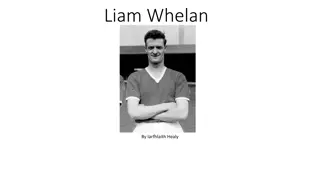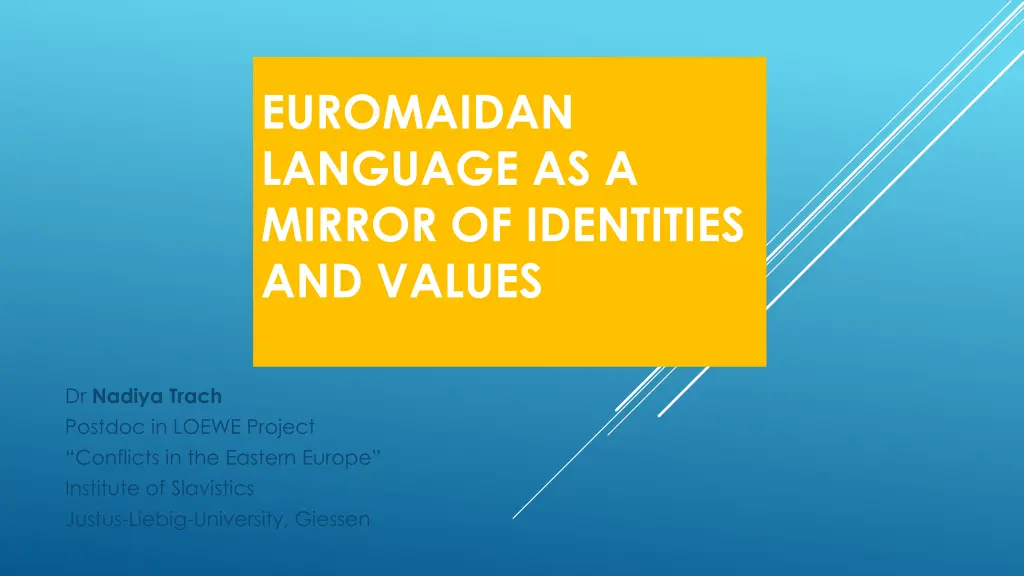
Euromaidan: Language, Identities, and Values
Explore the impact of Euromaidan on Ukrainian national identity and values, highlighting the shift towards increased self-identification as Ukrainian and dominant values of creativity, freedom, and social justice. Dive into the role of language as a source of identities and values in shaping societal context and understanding the Revolution of Dignity.
Download Presentation

Please find below an Image/Link to download the presentation.
The content on the website is provided AS IS for your information and personal use only. It may not be sold, licensed, or shared on other websites without obtaining consent from the author. If you encounter any issues during the download, it is possible that the publisher has removed the file from their server.
You are allowed to download the files provided on this website for personal or commercial use, subject to the condition that they are used lawfully. All files are the property of their respective owners.
The content on the website is provided AS IS for your information and personal use only. It may not be sold, licensed, or shared on other websites without obtaining consent from the author.
E N D
Presentation Transcript
EUROMAIDAN LANGUAGE AS A MIRROR OF IDENTITIES AND VALUES Dr Nadiya Trach Postdoc in LOEWE Project Conflicts in the Eastern Europe Institute of Slavistics Justus-Liebig-University, Giessen
EUROMAIDAN IDENTITY One of the most noteworthy consequences of the recent events in Ukraine is a dramatic change in Ukrainian national identity. In various media one can regularly encounter assertions of individuals increased self-identification as Ukrainian, greater pride in being a citizen of the Ukrainian state, stronger attachment to the symbols of nationhood, enhanced solidarity with compatriots, increased readiness to defend Ukraine or work for Ukraine, and increased confidence in the people s power to change the country for the better (Kulyk, 2016, p. 588).
EUROMAIDAN VALUES Actually, the above-mentioned dominant values of Maidan give an understanding of what a Revolution of Dignity means and consists of: 1) creativity, freedom, independence, self-esteem, curiosity Self-direction; objectivity, integrity, compassion, loyalty, responsibility Benevolence; 3) wisdom, social justice, equality, peace, beauty, tolerance, unity with nature, protecting the environment Universalism (Sviatnenko Vynogradov, 2014, p. 49).
LANGUAGE AS SOURCE OF IDENTITIES AND VALUES language always occurs in some kind of context, including cognitive contexts in which past experience and knowledge is stored and drawn upon, cultural contexts consisting of shared meanings and world views, and social contexts through which both self and others draw upon institutional and interactional orders to construct definitions of situation and action (Schiffrin, 1987, p. 4).
IDENTITIES VS VALUES During the last few years me and my colleagues have been saying that Ukraine has significantly more serious problems not with its identities, but with its values; because identities in Ukraine, no matter how, ensure its existence as a stable political community. However, a set of values which the majority of Ukrainian population shares and it does not matter where, on the West or on the East does not allow introduce any radical political and economic reforms in Ukraine. These are the values of a so called closed society where the feeling of fear and distrust are dominant, and the main wish of inhabitants is to find a safe place for themselves and their families (Hrytsak, 2014, p. 93).
TYPES OF EUROMAIDAN IDENTITIES Political identity Grass-root initiatives Identity National civic identity European identity Regional identity Gender identity Group identity
MOTIVATION OF MAIDAN PEOPLE Among the motives that induced people go to Maidan three proved to be the most prevailing: a violent beating of demonstrators on Maidan in the night of November 30 and repressions (70%), Victor Yanukovych s refusal to sign the EU-Ukraine Association Agreement (53,5%), and a desire to change life in the country (50%). Intentions to change public authorities in Ukraine were also rather strong (39%). Calls of the opposition were a stimulus for 5%, and the same percentage of people claimed to join Maidan to take revenge of authorities for their actions (Maidan 2013).
MAIN EUROMAIDAN VALUES Value of Love Value of Freedom Value of Solidarity
RHETORIC OF ANTIMAIDAN In a special way a Maidan identity was created, and its values were crystallizing in a constant opposition to the purposes of participants on the other side of barricades public authorities, Berkut riot militia, titushkas, and antimaidaners. Which were the mottos on the opposite side of the barricades? Contrary to the individualized creativity of the Maidan slogans, they were more typical and isolated. To give some examples, many participants of Antimaidan were holding the same printed placard Stop Maidan of the same format; whereas among the Maidan slogans were those that were more and less popular, some used by individuals and some by groups. With that in mind, the community called Strike Placard uploaded to the Internet a device which enables to download and print out a poster, but it was also possible and desirable that the users add their own words to a poster. For example, various beginnings of a phrase were suggested - I go for those who ; I go to ; I go because , and the protesters were finishing the phrases by themselves, printing placards and coming with them to the protest I go to get a sweet life outside Mezhyhirja (Yanukovych s residence, nowadays a so called museum of corruption ); I go because freedom is above all!; I go because we worth it; I go because I hate regionals (representatives of the political party of Regions). I would like to shoot them!; I go for the future of my future kids!; I go for those who are already not with us and for those who will be born later. In such a way a common idea received an individual expression that underlined the main values of the community freedom and dignity.
ANTI-RUSSIAN MAIDAN RHETORIC In that period, the anti-Russian rhetoric was also developing. This rhetoric was partially manifested already during Euromaidan in the slogans Russia is for sad people (the original text is in Russian); I was sucked by a dangerous Russia and my life is a never-ending pipe (the original text is in Russian). However, this rhetoric was naturally intensified after Crimea annexation and the war that was started in Donbas Putler (which is a wordplay, a mixture of Putin and Hitler), Stop lying and killing! Death to Russian occupants! (the original text is in Russian); Close the boarders with Russia immediately!; Stop Russian terrorism! During Crimea annexation, the placard with the image of matryoshkas, stylized as Russian soldiers, appeared with the inscription Go home! (the original text is in English). Anti-Russian slogans are directed against the lie of Russian propaganda and the Russian aggression in Ukraine, therefore, the concept of Russia in it refers to the Putin s regime, the state system, not to the Russian people in general. These slogans are mainly formulated in English to attract attention of the global community - Mariupol still says no to Russian occupation; Russia makes war, not peace. The Russian invasion of Ukraine 2014 2015; Russia, wake up, you re drunk; Stop Russian occupation. On the other hand, on the pro-Russian meetings in Crimea, as well as in Donbas, the call Russia! was sounding.
LITERATURE 1. Kulyk, V. (2016). National Identity in Ukraine: Impact of Euromaidan and the War. Europe-Asia Studies,vol. 68(4), pp. 588 608. 2. Schifrin, D. (1987). Discourse Markers. Cambridge: Cambridge University Press. 3. Sviatnenko, S., Vynogradov, A. (2014). Euromaidan Values from a Comparative Perspective. Social, Health and Communication Studies Journal. Contemporary Ukraine: A Case of Euromaidan, vol. 1(1), pp. 41 61. 3. Taniguchi, S. (2010). Transforming Identities In and Through Narrative. In: D. Nunan, J. Choi (eds.), Language and Culture. Reflective Narratives andthe Emergence of Identity. New York & London: Routledge. 4. , . (2014). // - : http://ua.racurs.ua/450-pravyy-vektor-maydanu-provokatory-igeroyi. 5. , . (2014). / . ( ) : - / : . .: . 6. , . (2014). , / . ( ) : - / : . .: . 7. , . (2014). / . ( ) : - / : . .: . 8. , . (2014). , , . , // . 21 2014 . // - : http://www.day.kiev.ua/uk/article/kultura/take-vidchuttya-shcho- politkampaniyamiu-nas-zaymayutsya-tisyachiostapiv-benderiv 9. 2013: , ? (2014). - : http://dif.org.ua/ua/events/gvkrlgkaeths.htm. 10. , . (2014). // . . . 164. ., 2014. 10. . . / . ( ) : - / : . .: 11. , . (2014). FB- . . 2013 14 / . ( ) : - / : . .: . 12. , . (2014). - / . ( ) : - - / : . .: . http://afisha.bigmir.net/exhibition/articles/208977-God-Evromajdanu--30-plakatov--kotorye-ushli-v-narod http://wz.lviv.ua/cartoon/125059-evromajdan-tse-koli-khto-ne-skache-toj-azirov http://life.pravda.com.ua/society/2014/02/13/152183/



